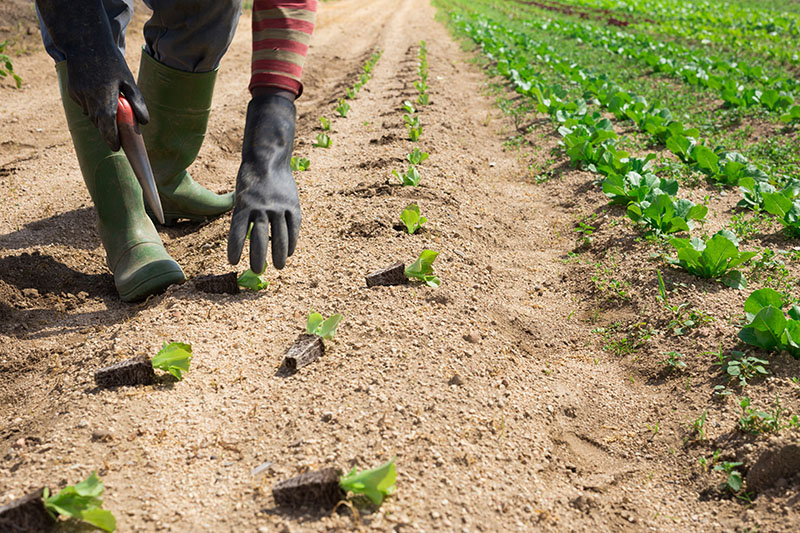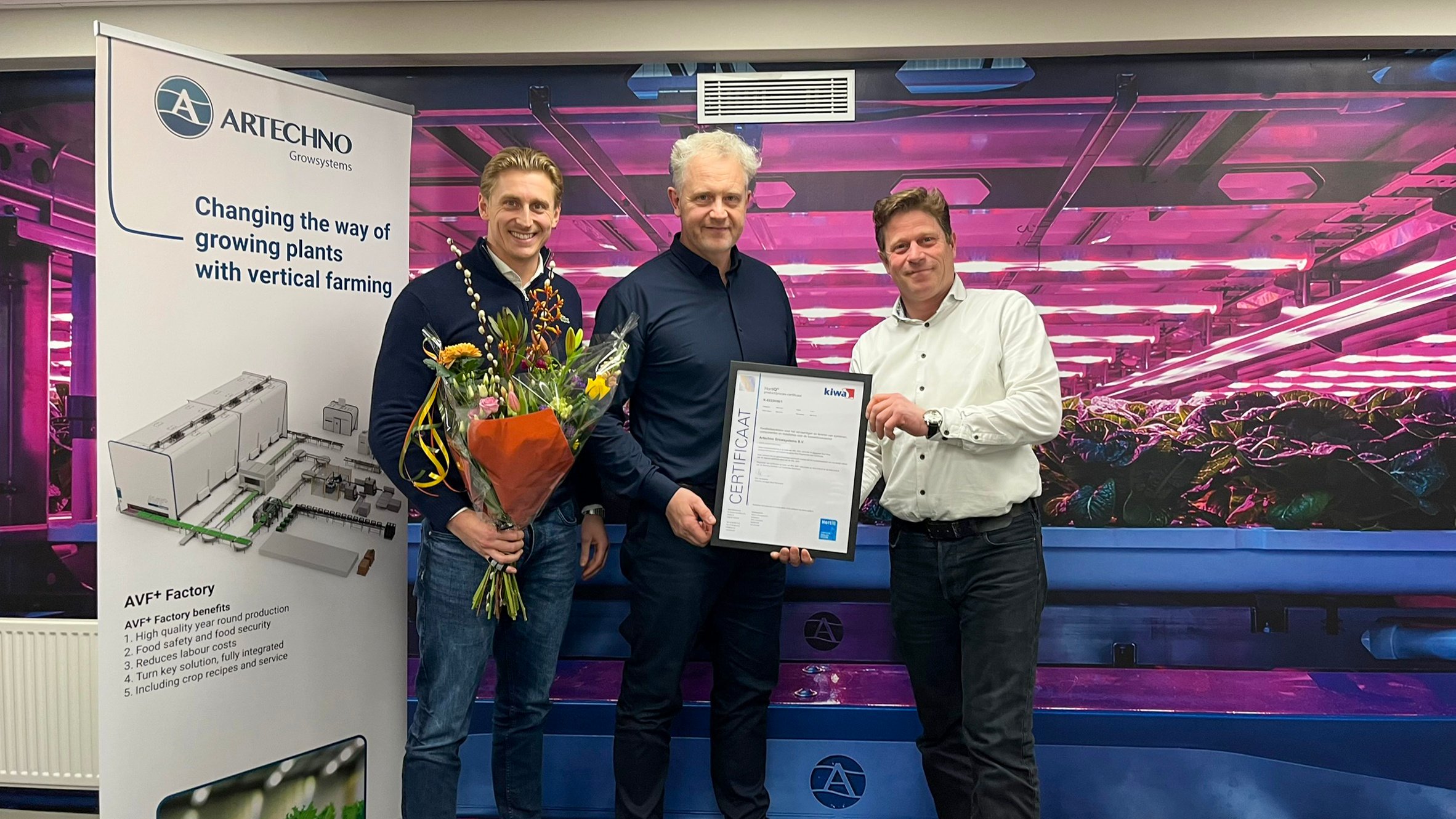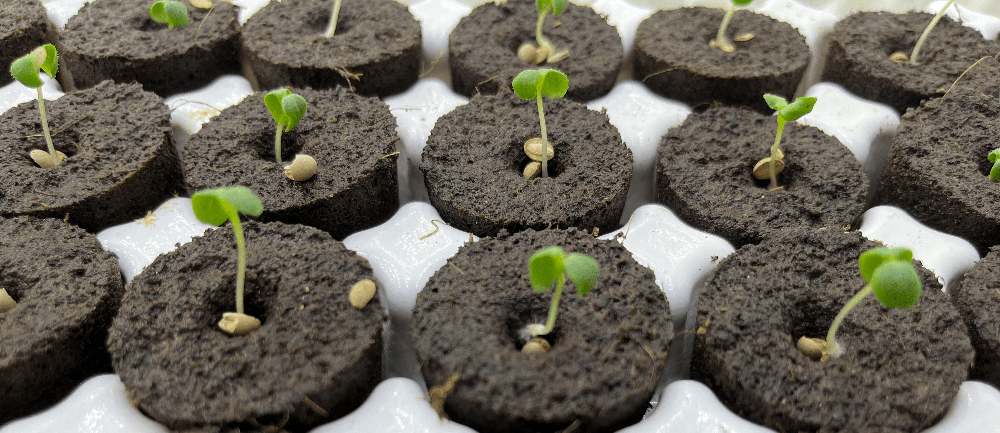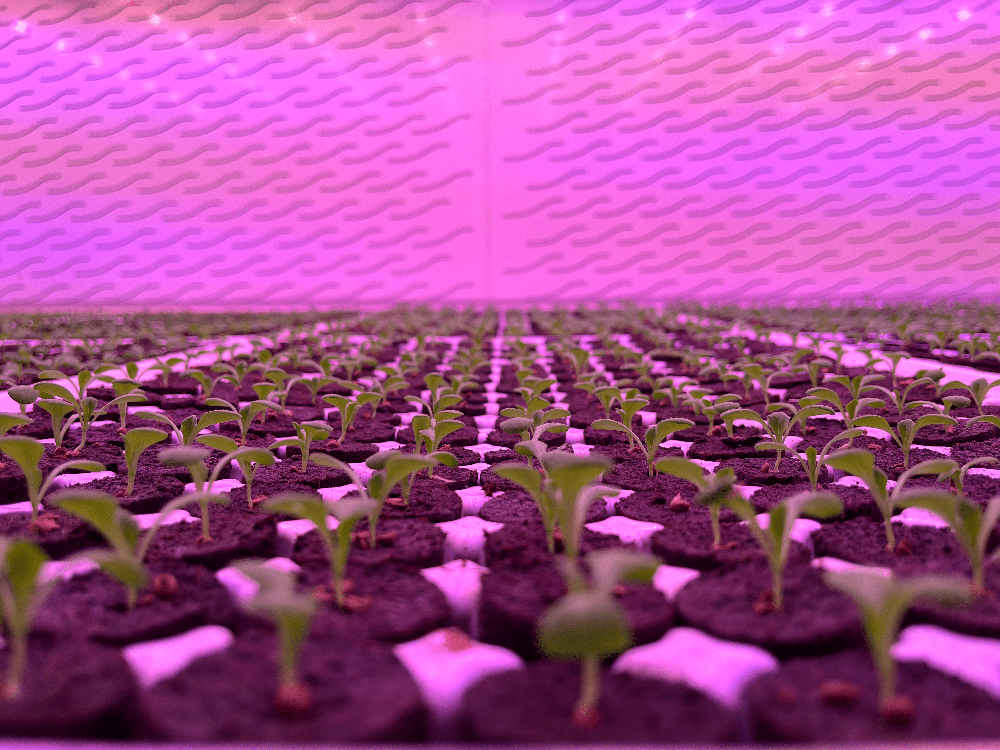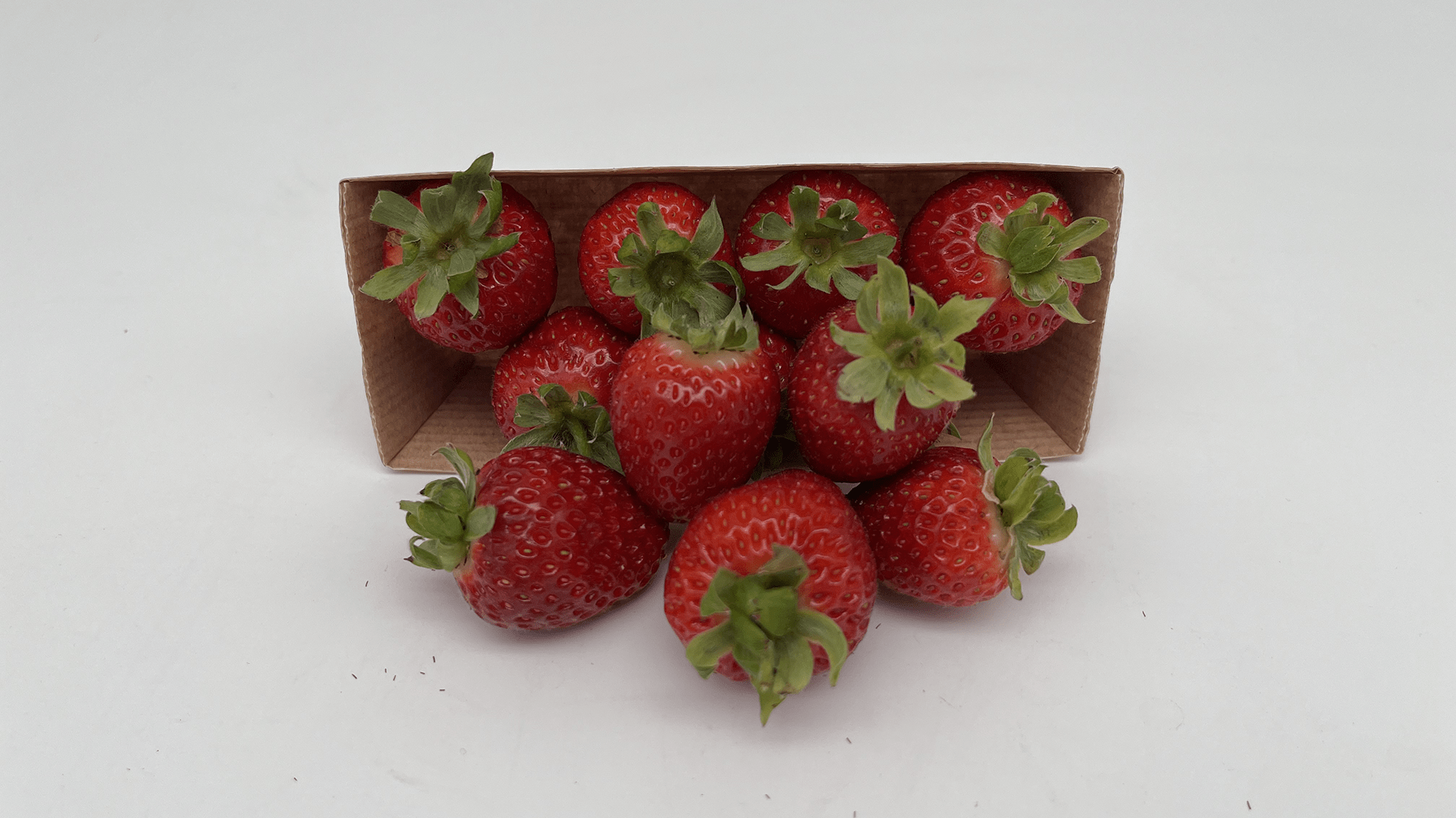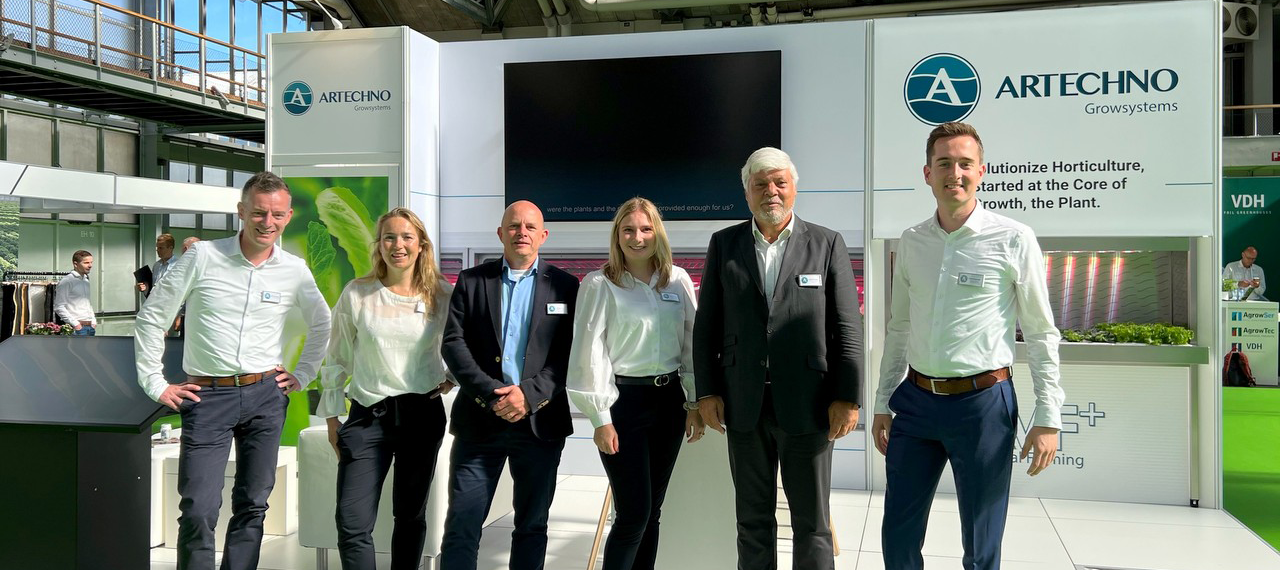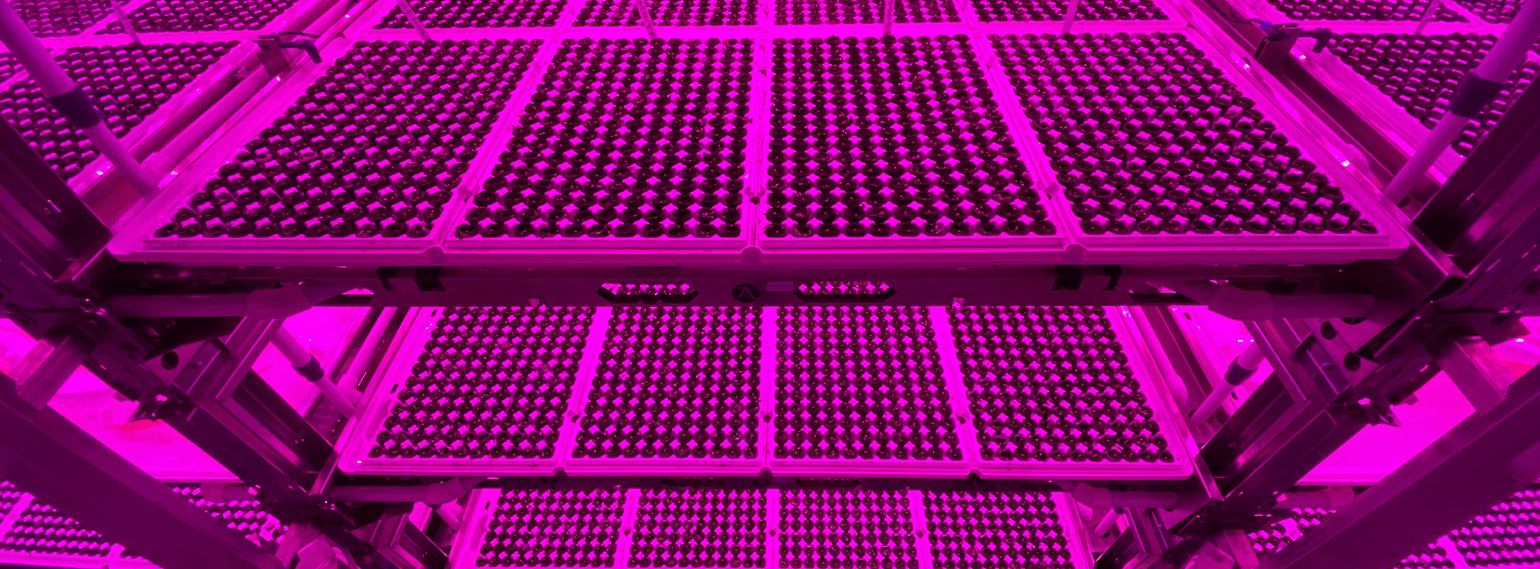What (other) cultivation methods are there after AVF+ Hybrid propagation?
With the world of agriculture and horticulture evolving rapidly, the need for sustainable, efficient, and innovative farming is higher than ever. We came up with a solution for hybrid farming, a combination of vertical (AVF+) and horizontal (DFT) farming in one turn-key project, as it offers many benefits.
AVF+ Hybrid system can be connected to all different cultivation methods. Think of gutters, cultivation tables, concrete floor, open field and of course hydroponics like our own DFT system.
Each approach offers its unique set of advantages and challenges. Open field cultivation, for example, remains the backbone of traditional farming, relying on natural elements to nurture crops. Cultivation gutters and tables offer precision and organization, while cultivation on concrete floors provides a clean and stable surface for controlled growth. Propagation in Automated Vertical Farming has revolutionized agriculture by allowing crops to be grown in vertically stacked layers, maximizing space and resource utilization while minimizing environmental impact.
In this exploration, we will dive into the intricacies of these diverse cultivation methods, exploring their respective benefits, challenges, and their role in shaping the future of agriculture and sustainable food production.
.png?width=817&height=974&name=Features%20Hybrid%20(1).png)
Cultivation gutters
Cultivation gutters, also known as hydroponic or grow gutters, are innovative systems that optimize plant growth by delivering precise control over key growth factors in environments like greenhouses. By providing a direct pathway for nutrient-rich water to plant roots, these gutters eliminate the need for soil, making them ideal for urban farming and greenhouse setups where space is limited. Moreover, this soilless approach reduces the risk of soil-borne diseases and pests.
One of their major advantages is sustainability. Cultivation gutters conserve water and nutrients by recirculating them, reducing waste and supporting eco-friendly farming practices. However, successful implementation requires a good understanding of hydroponics and regular maintenance, including nutrient monitoring, pH control, and of course gutter cleaning.
In summary, cultivation gutters are a revolutionary solution for modern agriculture, enabling resource-efficient, sustainable, and space-saving crop cultivation while enhancing crop quality and yield.

Cultivation growing tables
Cultivation growing tables offers a stable platform in e.g. greenhouses. Made from materials like steel or plastic, they promote proper drainage and protect plants from ground-related issues and diseases. These tables enable efficient space utilization and precise environmental control, optimizing plant growth.
They also aid in systematic plant arrangement and can be customized with accessories like heating mats and irrigation systems for improved plant health. Cultivation growing tables are tools in modern agriculture and horticulture, ensuring the healthy development of your plants while simplifying their management.
Concrete floor
Cultivation on a concrete floor is a distinctive approach to farming that diverges from traditional soil-based methods.
In cultivation on concrete floors, plants are typically grown in trays, pots, or hydroponic systems that are placed (directly) on the concrete surface. The floor provides a stable and clean platform for plant growth, and it is often integrated with advanced environmental control systems.
One key advantage of cultivation on concrete floors is efficient space utilization. It also minimizes the risk of soil-borne diseases and pests, promoting healthier crops. However, successful implementation requires careful attention to irrigation, nutrient management, and environmental control to achieve optimal yields and quality.
Open field
Cultivation in an open field, also known as outdoor or field farming, represents the traditional and widespread method of growing crops in natural environments. This approach involves planting and tending to crops directly in the soil, exposed to natural elements like sunlight, rain, and wind.
Open field cultivation offers several advantages. It allows for the cultivation of a wide variety of crops on a large scale, making it suitable for staple crops like grains, oilseeds, and vegetables. It also promotes biodiversity by providing a habitat for beneficial insects and wildlife. Additionally, it requires fewer infrastructure and resource investments compared to controlled environment agriculture.
However, open field cultivation also presents challenges. Weather fluctuations can impact crop yields, and pests and diseases may affect crops without the protection of enclosed structures. Soil quality and fertility must be carefully managed to ensure optimal crop growth. Sustainable practices, such as crop rotation and organic farming, are often employed to mitigate these challenges.
In conclusion, with open field cultivation you are providing food, fiber, and resources to communities worldwide. While it faces a lot of external challenges, it continues to evolve with modern farming practices and technologies to meet the demands of a growing population.
